
Our most common Woodpecker here in British Columbia the Northern
Woodpecker (Picidae) is a large family of climbing birds comprising 216 species. Range and Habitat Woodpeckers have almost worldwide distribution. Fourteen woodpecker species occur in Canada.

Pileated Woodpecker (Dryocopus pileatus) Saanich BC, Canada Stock
Length: 11.0-12.2 in (28-31 cm) Weight: 3.9-5.6 oz (110-160 g) Wingspan: 16.5-20.1 in (42-51 cm) They can be spotted across all of the US and Canada, but those that breed in Canada migrate south for the winter. Northern Flickers make a loud ringing call with a piercing yelp. They nest in tree cavities, and they lay 5-8 white eggs.
Hairy Woodpecker Victoria BC r/wildlifephotography
Lewis's Woodpecker. Melanerpes lewis. Lewis's Woodpecker. Length: 22 cm; Wingspan: 45 cm. Greenish-black back, pink belly, grey collar and red face. Status: British Columbia Blue List. Special Significance. Loss of large nesting and roosting trees in ponderosa pine forests and cottonwood bottomlands, seems to be the main threat to the.
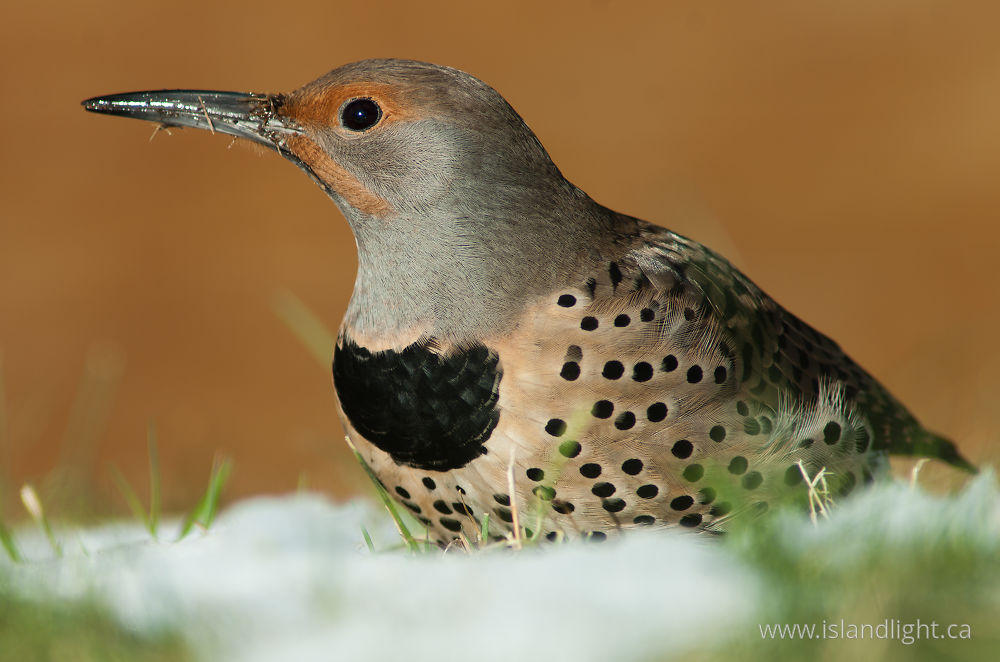
Northern Flicker in Snow Woodpecker photo from Smelt Bay Cortes
Northern Flicker. A polka-dotted woodpecker that is equally at home foraging on the ground as sitting atop a tree. We have the red-shafted subspecies in the West (with yellow-shafted east of the Rockies). Unlike most woodpeckers that feed by drilling into trees, you're more likely to stumble across a northern flicker foraging in the grass or.

Redbreasted Sapsucker Woodpecker photo from Cortes Island BC, Canada
Books About Woodpeckers In BC Here is what I read to research woodpeckers for the bookAmazing British Columbia. _____( 2000) "Woodpecker" in Encyclopedia of British Columbia Daniel Francis (Ed.) Madeira Park: Harbour Publishing. p. 780. Guiguet, Charles Joseph (1954) The Birds of British Columbia: 1. Woodpeckers 2. The Crows and Their Allies.

BC Rare Bird Alert RBA ACORN WOODPECKER in Saanich July 4th
The Downy Woodpecker is a versatile bird and can be found in a wide range of habitats in British Columbia. It is commonly seen in forests, woodlands, parks, and even urban areas with mature trees. They are adaptable and can be found at various elevations, from lowlands to mountainous regions.

Birds Of Bc No.6 Pileated Woodpecker Dryocopus Pileatus
In British Columbia, Lewis's Woodpeckers typically return from their wintering grounds in May (Cannings et al. 1987). Nesting is later than many other species and usually does not begin until June. Nestlings may not fledge until late July (Cooper and Beauchesne 2000). The timing of dispersal and migration is uncertain, but birds may begin.

With spring comes the menace of the woodpecker British Columbia CBC
The Northern Flicker is the most common woodpecker species in British Columbia. It can be seen throughout the year, both in summer and winter. The Northern Flicker is known for its large size and distinctive markings. It has a brown body with black bars on its back, and its undersides are either yellow or orange, depending on the subspecies.

Northern Flicker Portrait Woodpecker photo from Smelt Bay Cortes
British Columbia's Wildlife at Risk Blue-listed species are considered vulnerable because they have characteristics that make them particularly sensitive Lewis's Woodpecker to human activities or natural events. Melanerpes lewis At a Glance With its greenish-black back, pink belly, grey collar and red face, Lewis's Woodpecker is easy to recognize.
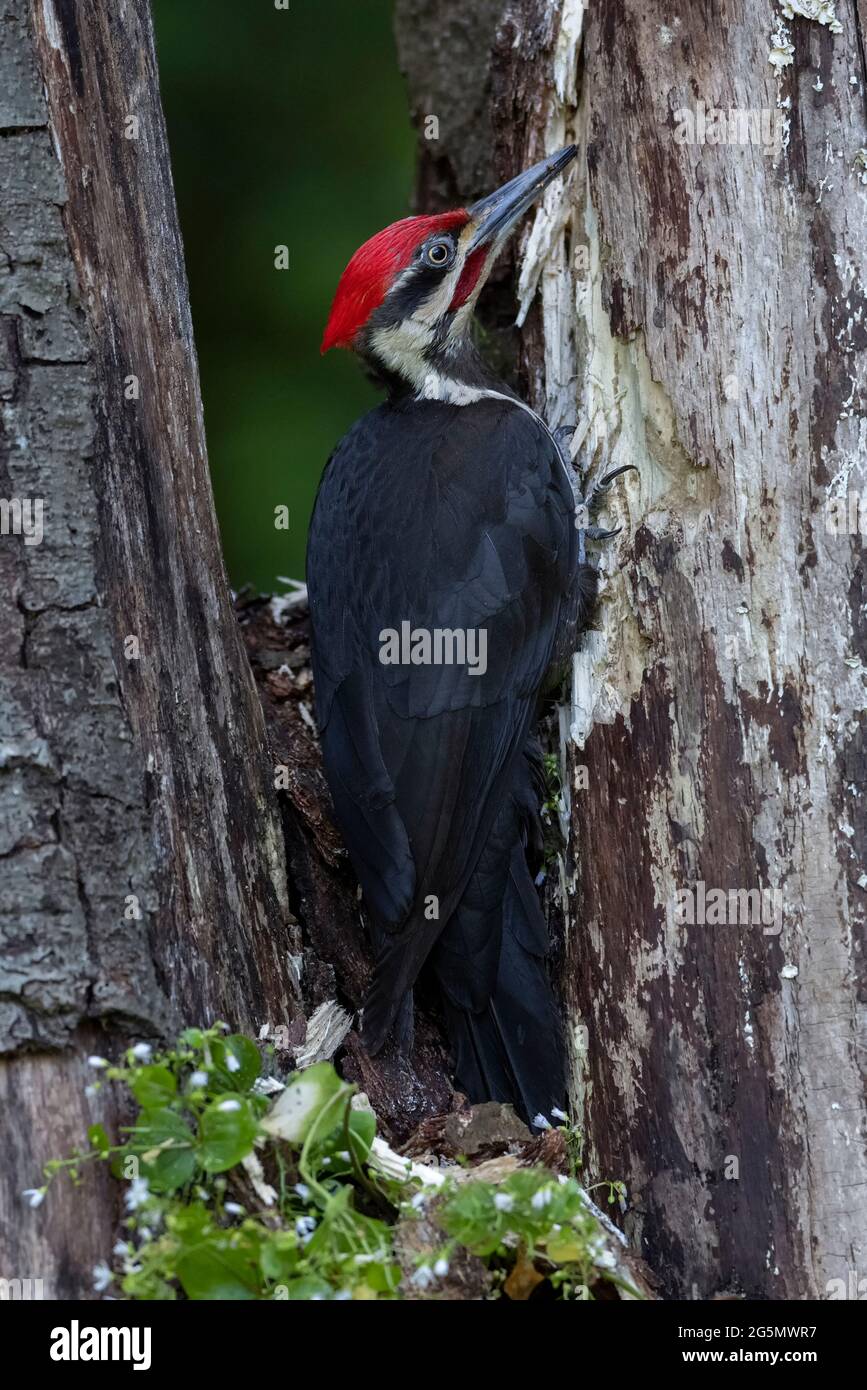
pileated woodpecker bird at Vancouver BC Canada Stock Photo Alamy
The adult Lewis's woodpecker is a medium-sized woodpecker. It measures 26 to 28 centimetres long, with a wingspan of 49 to 52 centimetres. Its face is dark red and its head, back, wings and tail are iridescent greenish black. A silvery-grey collar sits just above a splash of pink on its chest. Females are a slightly lighter colour in appearance.

Woodpeckers of the Boreal Forest Bird Canada
Like most other woodpeckers, three-toed woodpeckers are white and black. Unlike most woodpeckers the males of this group have a bright yellow stripe on the top of their heads. Range & Habitat. They are mostly found in old-growth forests where dead standing trees, called 'snags', are found. In Canada they are found from the northern reaches.

Wildlife Photos North Thompson Valley British Columbia Canada
1. Northern Flicker The Northern Flicker is a year-round inhabitant of British Columbia, and it is the most often sighted woodpecker, being included in 32% and 37% of summertime and winter bird lists provided by bird watchers.
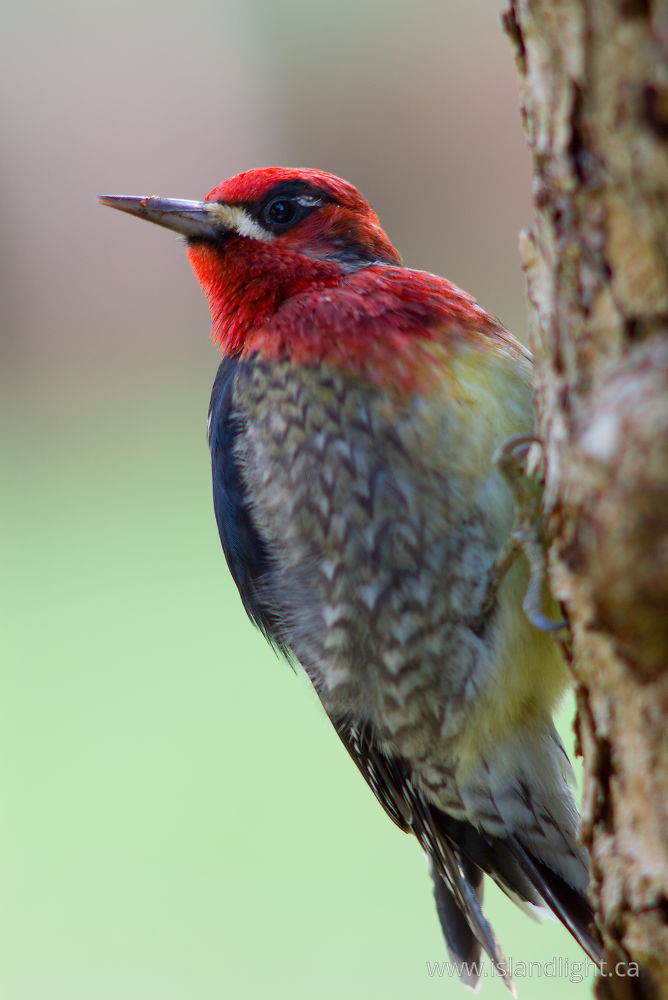
Redbreasted Sapsucker Woodpecker photo from Cortes Island BC, Canada
#1. Downy Woodpecker Dryobates pubescens Identifying Characteristics: Relatively small and has a small bill compared to other woodpecker species. Color-wise, they have white bellies with a mostly black back that features streaks and spots of white. Male birds have a distinctive red spot on the back of their head, which females lack.

Redbreasted Sapsucker Woodpecker photo from Cortes Island BC, Canada
British Columbia Ministry of Water, Land and Air Protection. 2004. White-headed Woodpecker in Accounts and measures for managing identified wildlife. British Columbia Ministry of Water, Land and Air Protection, Victoria, BC. 52pp.
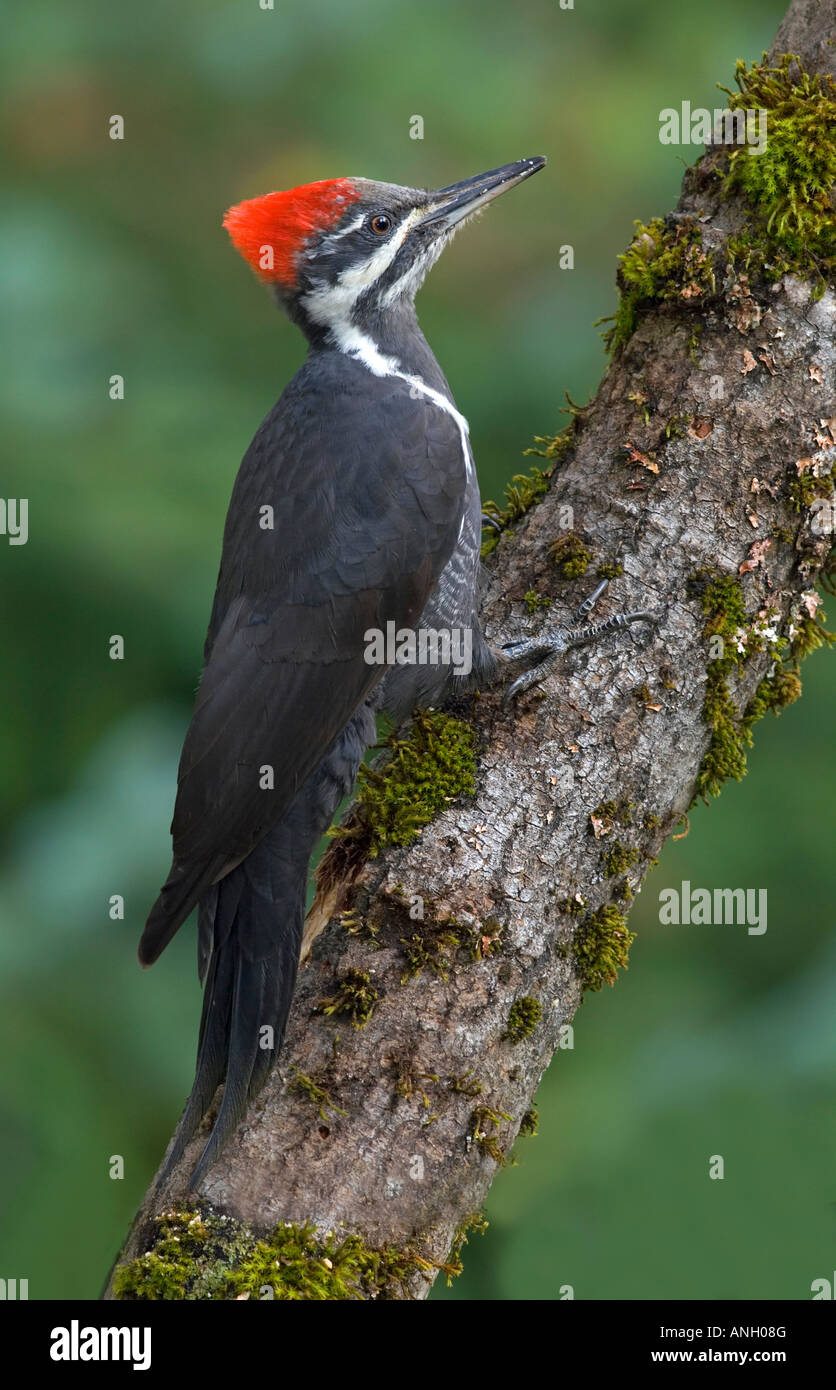
Pileated Woodpecker, Vancouver Island, British Columbia, Canada Stock
RESIDENT: from southern and eastern British Columbia and southwestern Mackenzie across southern Canada to Quebec and Nova Scotia, south in Pacific states to central California, in the Rocky Mountains to Idaho and western Montana, in the central and eastern U.S. to the eastern Dakotas, Gulf Coast, and southern Florida, and west in the eastern U.S. to Iowa, Kansas, Oklahoma, and Texas (AOU 1983).
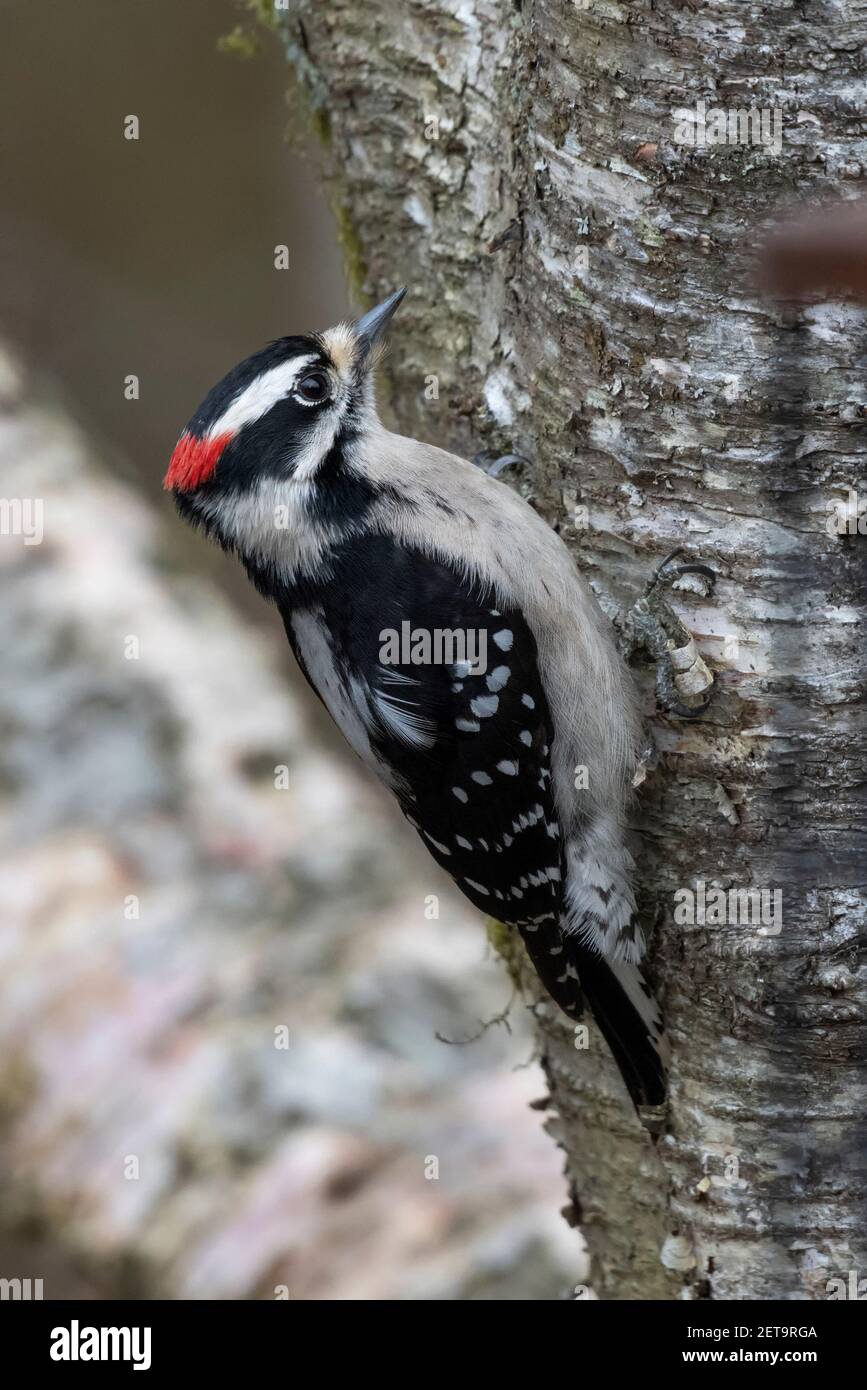
Downy Woodpecker bird at British Columbia Canada; north american Stock
The small Canadian population of White-headed Woodpeckers is restricted to mature and old-growth ponderosa pine forests of the south Okanagan Valley. These birds feed on pine seeds through the fall and winter, and the great majority of pine seeds in a forest are produced by large, mature trees.